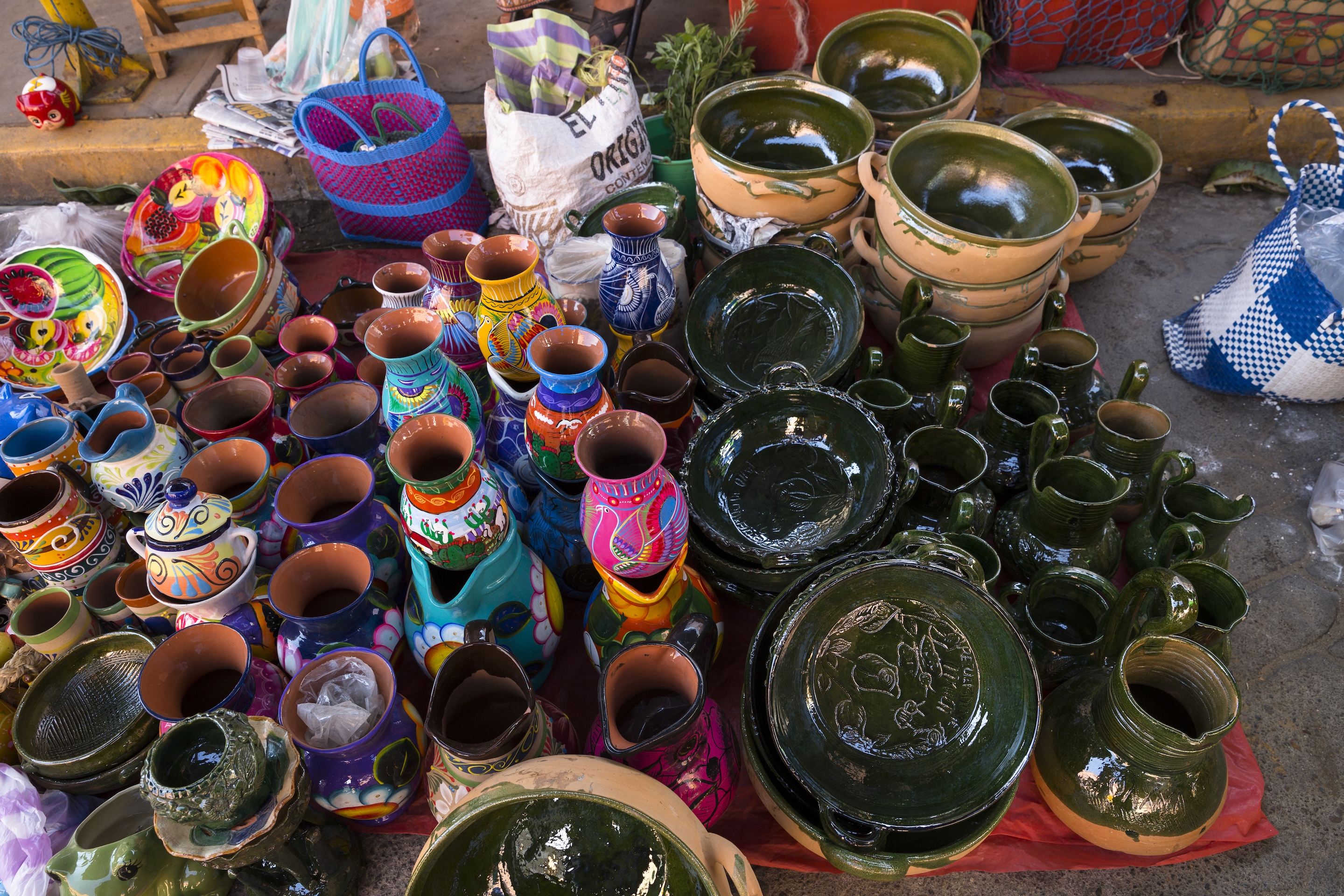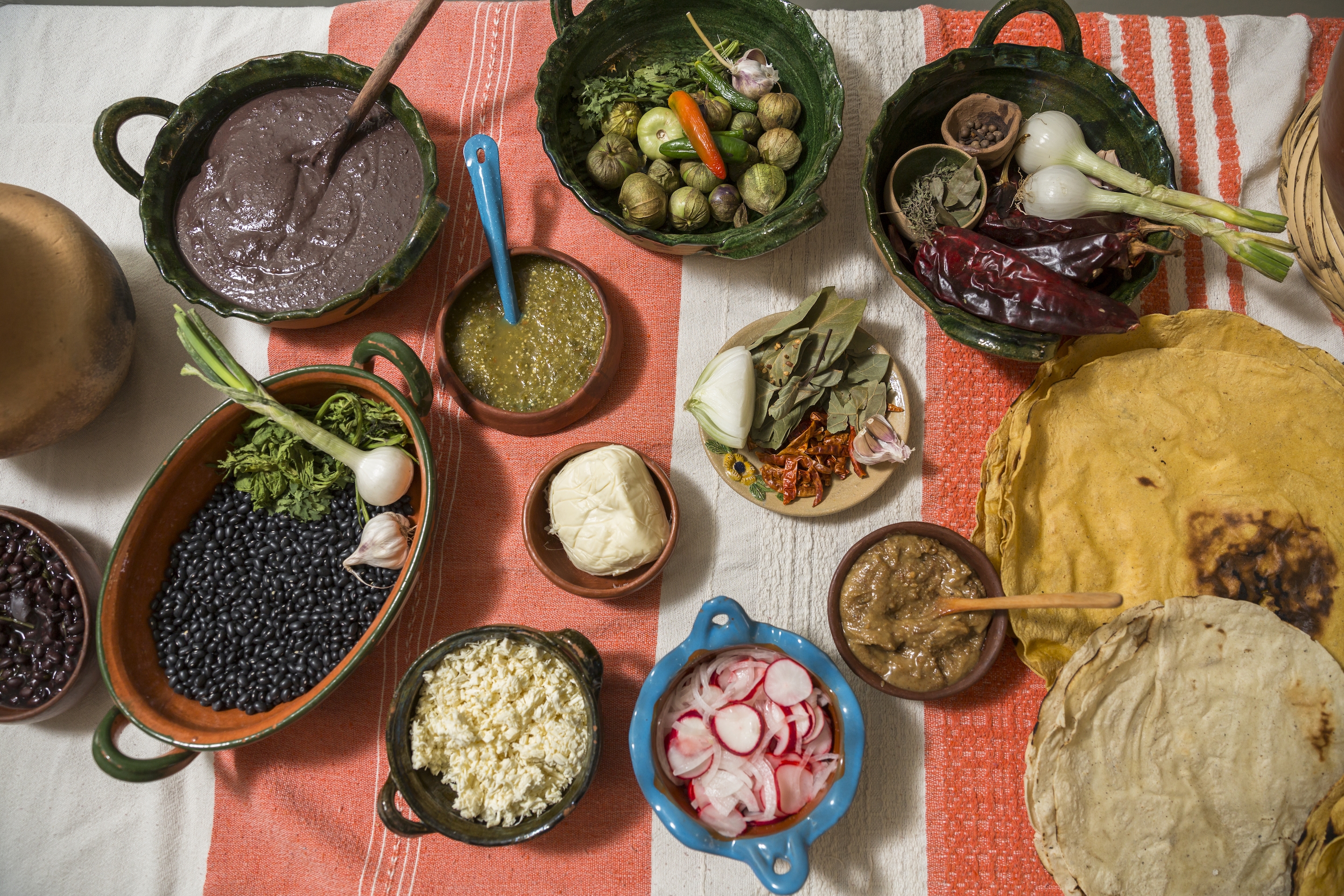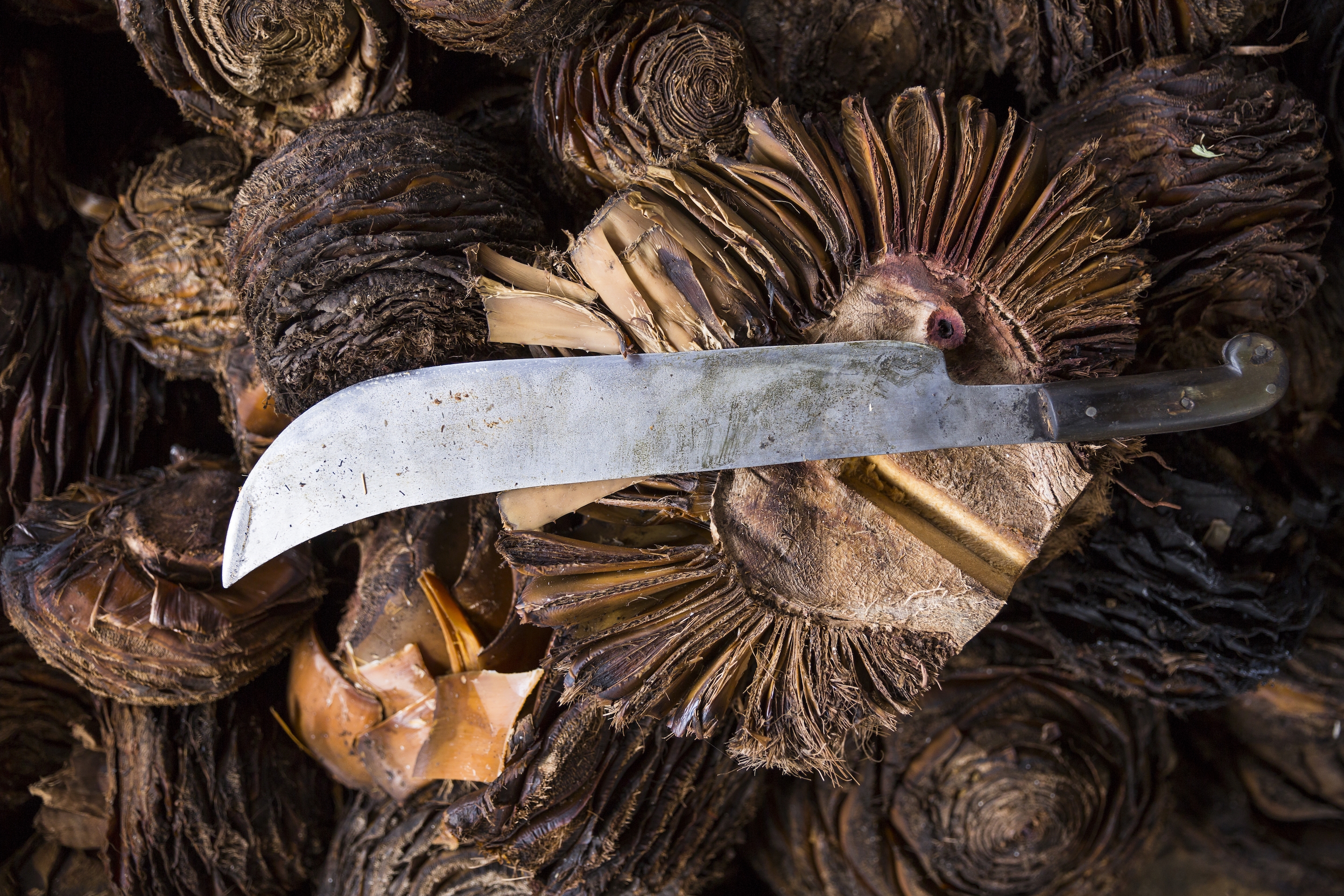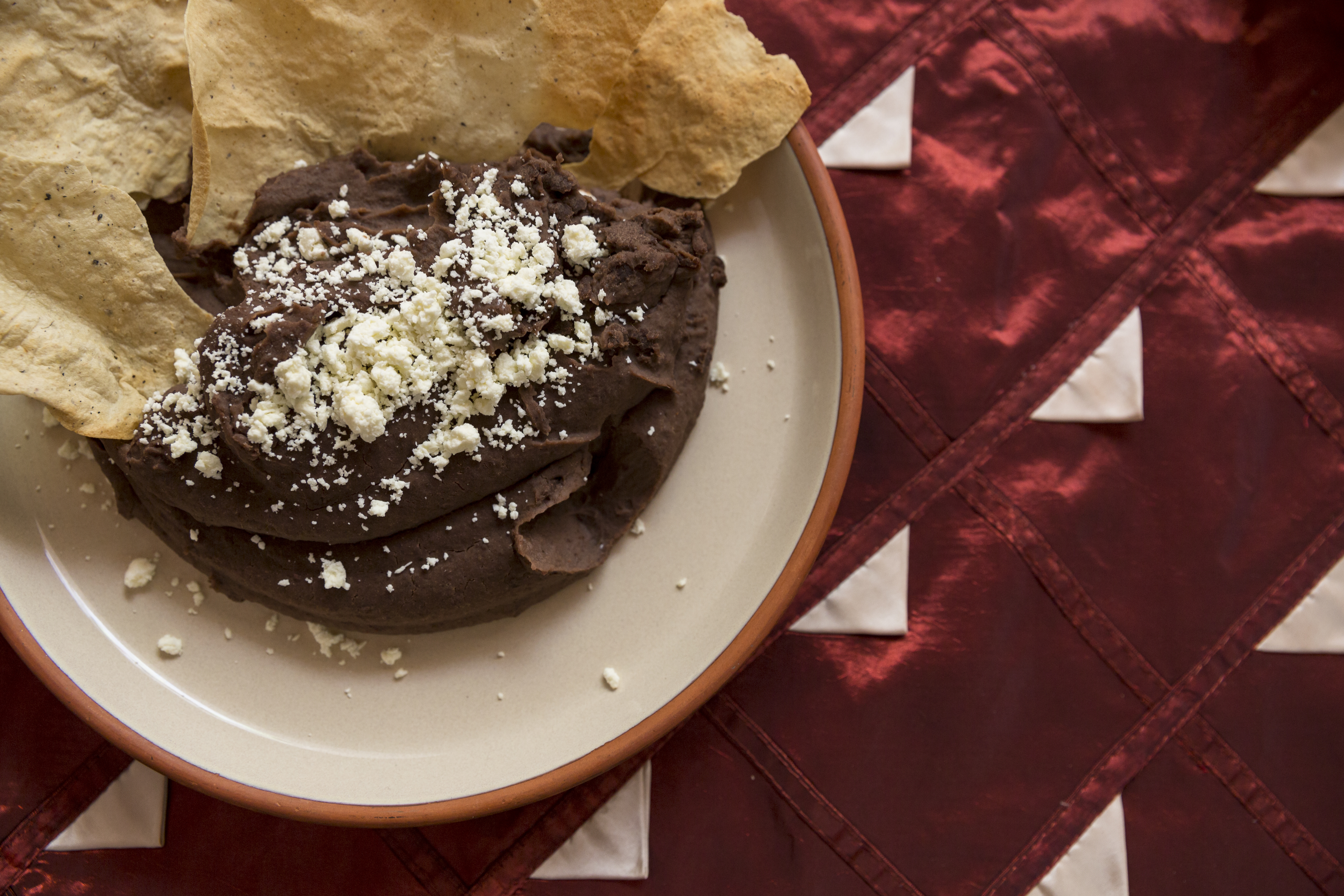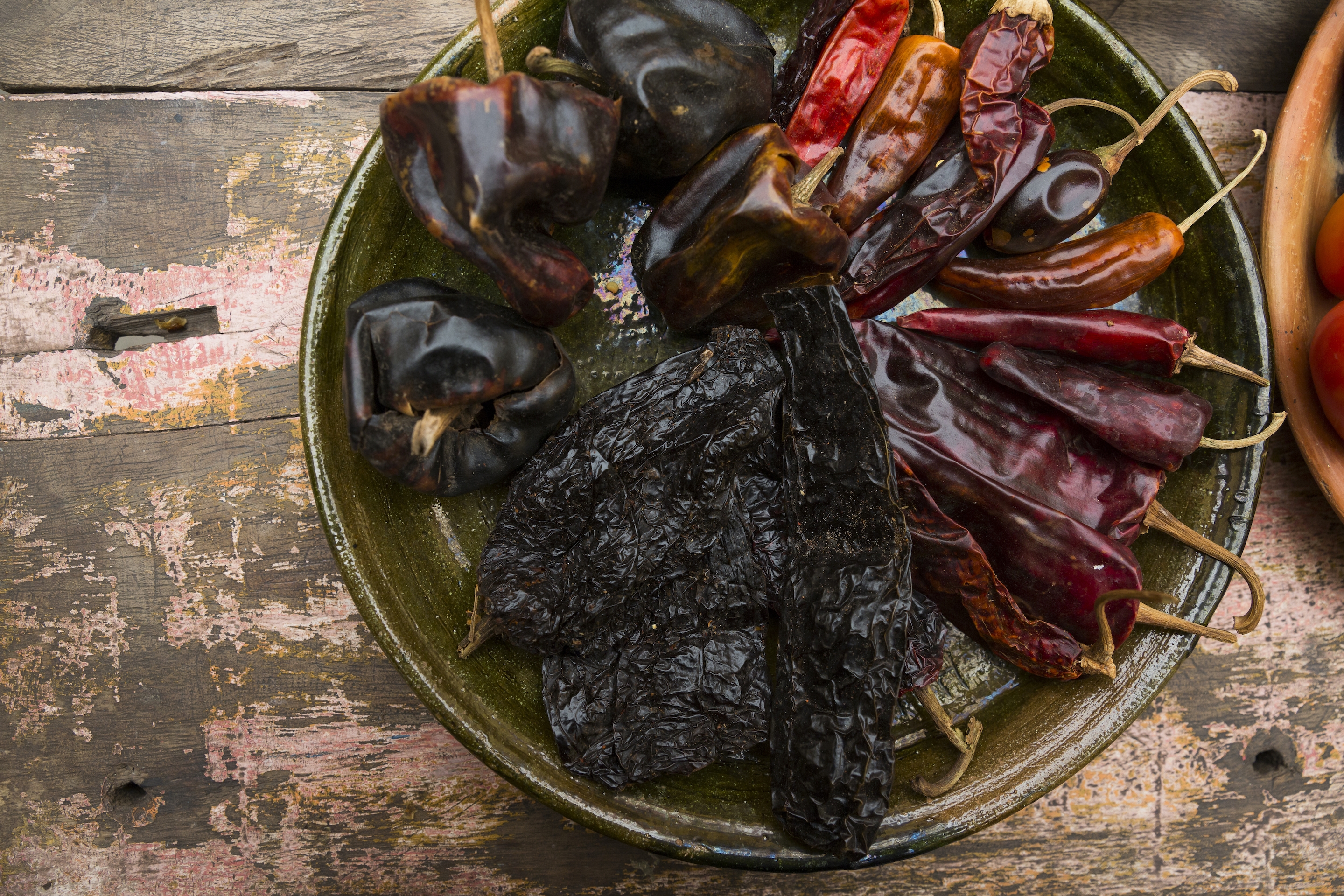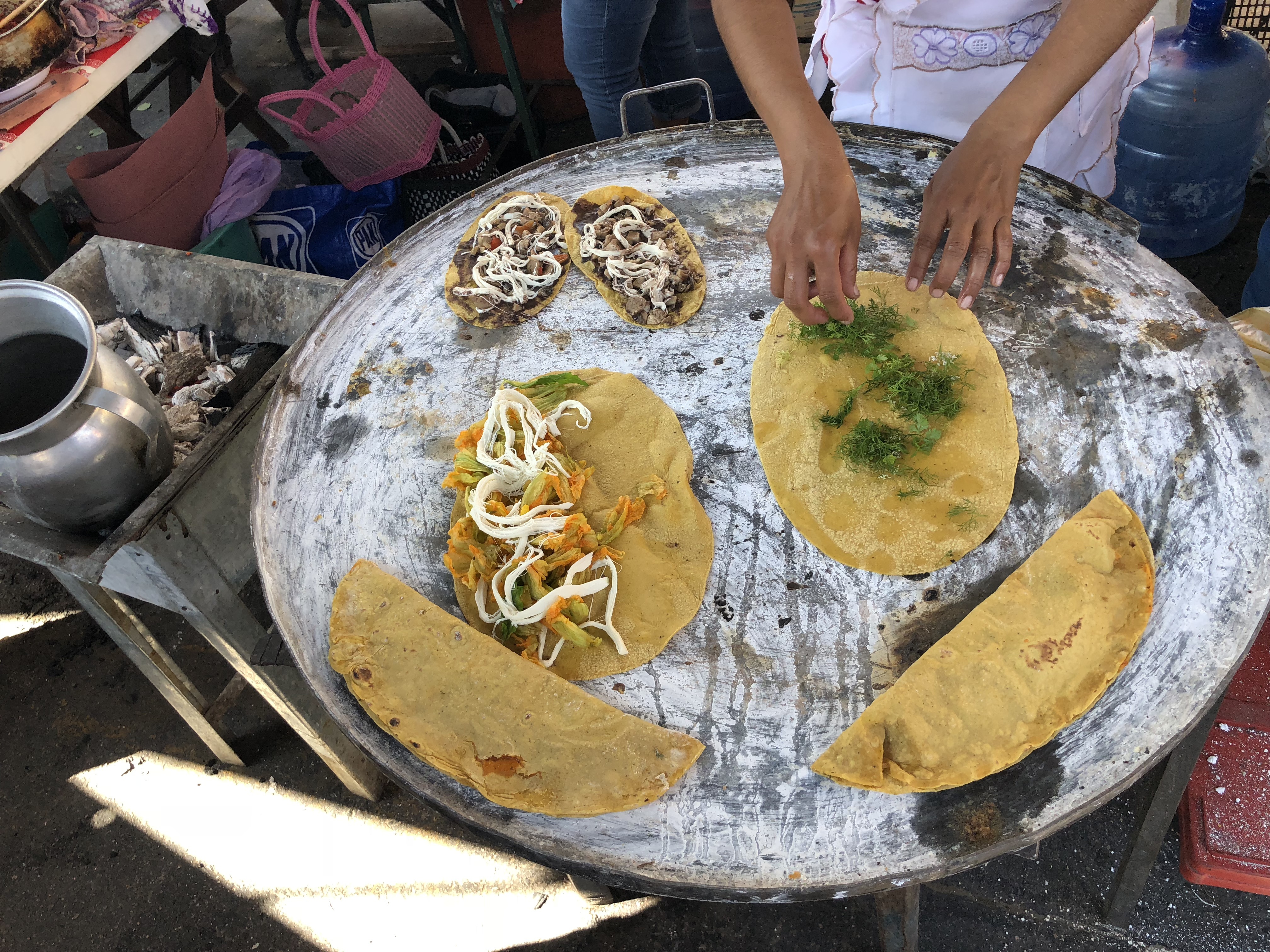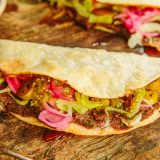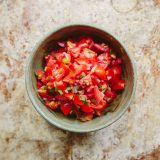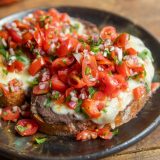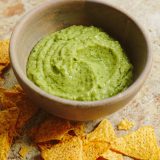Central Oaxaca is postcard perfect: pastel-washed stucco walls in parrot green, ochre yellow and cornflower blue; cobblestone streets and colonial-era churches; street vendors selling tortillas; taco carts and a leafy central square. One could be forgiven for thinking Oaxaca was exactly what one had expected.
But María Ítaka, our local guide, within minutes dispelled most of my outdated notions. Some culinary truisms do hold: Oaxaca has more varieties of chilies than any other region in Mexico, and it’s the culinary epicenter for moles, of which there are innumerable variations.
But Oaxaca is not one culture. The area has 35 native languages. A yellow mole made in Oaxaca City is completely different from a yellow mole made 20 miles outside the city by local Zapotec cooks. And a taco is, well, pretty much anything you want to make of it; it’s just a filling for tortillas. Still, Oaxacans—and Mexicans in general—do agree that tortillas are made from corn (they look much like flour tortillas since they are more white than yellow) and that a shot of mezcal is an essential postprandial offering.
More surprising was the cooking itself. I used to think of Oaxaca as the source of inspiration for the complex black mole Rick Bayless used to win “Top Chef Masters.” Yet the local cooking is all about simplicity. A week in Oaxaca quickly taught me that everyday food is the specialty here—tacos, tlayudas, molletes and salsas.
Get our picks for the top 10 places to eat and drink in Oaxaca.
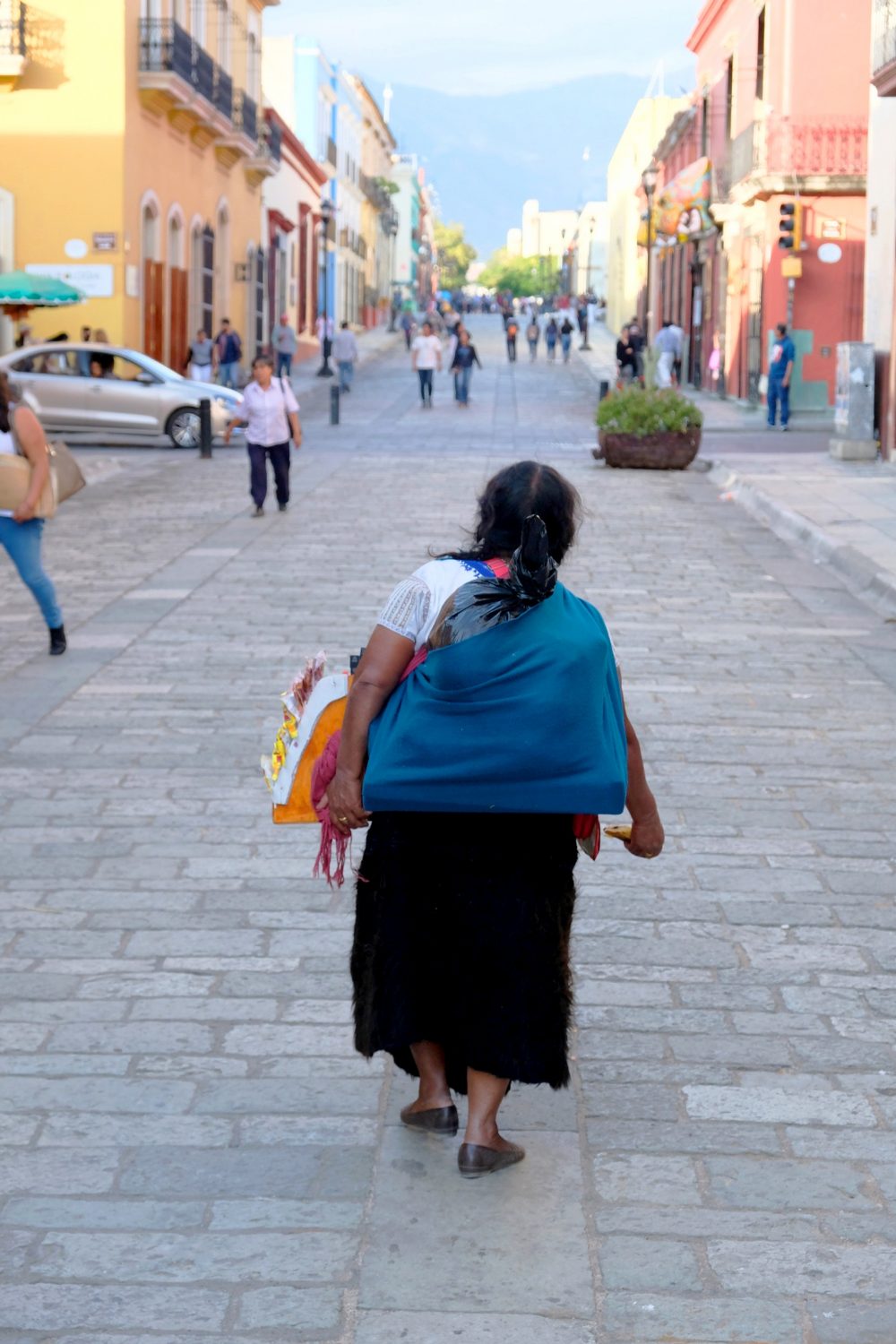
Our first breakfast was a mollete, an improved version of grilled cheese. A slice of bread or local roll (the type used for tortas, a sandwich-like street food snack) is grilled, topped with well-seasoned black bean paste, a thick ooze of quesillo (a mozzarella-like Oaxacan cheese), and an overflowing mound of pico de gallo. It sounds rudimentary, but salty, stretchy cheese oozing over rich black beans sitting on a bed of crispy bread with a topping of fresh and spicy pico de gallo is, well, more pleasure at one sitting than I deserve.
Next up was the tlayuda. My teacher was chef Pilar Cabrera, who held the lesson on the rooftop of her restaurant, La Olla. A tlayuda is a large tortilla smeared with a bit of asiento (lard), mashed black beans, quesillo and a bit of something green, either ribbons of lettuce or squash blossoms, possibly a few slices of tomato. It’s often folded in half, crisped on a grill, and served with chorizo, thinly sliced grilled beef or pork, or grilled onion and green pepper. Hot sauces or an avocado salsa are usually offered on the side.
The first step is to grill directly on top of wood coals. Oaxacans use a metal grill that stands waist-high; it can be rectangular or square, but foods—such as chilies, peppers, onions and chorizo—often are placed directly on the coals. Cabrera chose onion and chorizo for charring, and she served them alongside the finished tlayuda, which was stuffed with the usual suspects, including yellow and green squash blossoms. The tlayuda itself was placed in a metal grill basket and crisped on the coals. It’s the Oaxacan form of calzone.
I had one more take on tlayudas with a home cook, Raquel Garzón. Her grill was positioned on the narrow sidewalk in front of her home, which made cooking a neighborhood event. She grilled thinly shaved pieces of beef—a traditional tlayuda filling—and added them to the typical mix: a skim of lard, black beans, shredded lettuce, quesillo, a sprinkling of dried grasshoppers, and two kinds of hot salsas, red and green.
When I asked her about her mother’s cooking, she teared up—she cooks in memory of the past, especially for the legacy of her mother’s kitchen. The food is traditional and deeply personal; no nouvelle cuisine anywhere in sight. We ended the day in her crowded dining room with her husband, sons and daughters, and a bottle of mezcal. I had more than one shot, not from thirst, but to honor the cooking and the tradition of one generous Oaxacan family.
What’s Oaxaca’s best kept secret? Look no further than this late-night restaurant.
When I asked her about her mother’s cooking, she teared up—she cooks in memory of the past, especially for the legacy of her mother’s kitchen.
Back at Milk Street, we had to find a substitute for homemade corn tortillas to make our tlayudas. We found that the richly yellow corn tortillas here in the U.S. tend to be heavy, rubbery yet brittle and overly “corny” in flavor. Oaxacan tortillas look and feel more like flour tortillas, our choice for this recipe unless you have a local source for the real thing.
Our version of the black beans does not start with dried beans, as they would in Oaxaca. But when we combined canned black beans with chipotle chilies, lime juice, cumin and coriander, the result was as good as what I had in Mexico.
For both the tlayudas and the molletes, mozzarella was the cheese of choice—we found its stretchy, thick texture essential. Our green sauce, made with tomatillos, poblanos and serranos, is in keeping with local Oaxacan recipes—we broiled them first, then finished them in a food processor. Charring is essential for the classic roasted flavor.
There was much discussion about how to serve tlayudas—open-faced or folded in half. The tlayudas I had in Oaxaca were always folded, then crisped on a grill. And that is my preference. You can tuck grilled meats and salsa into the tlayuda if you like, though Cabrera noted that the chorizo and charred onion could also be served on the side.
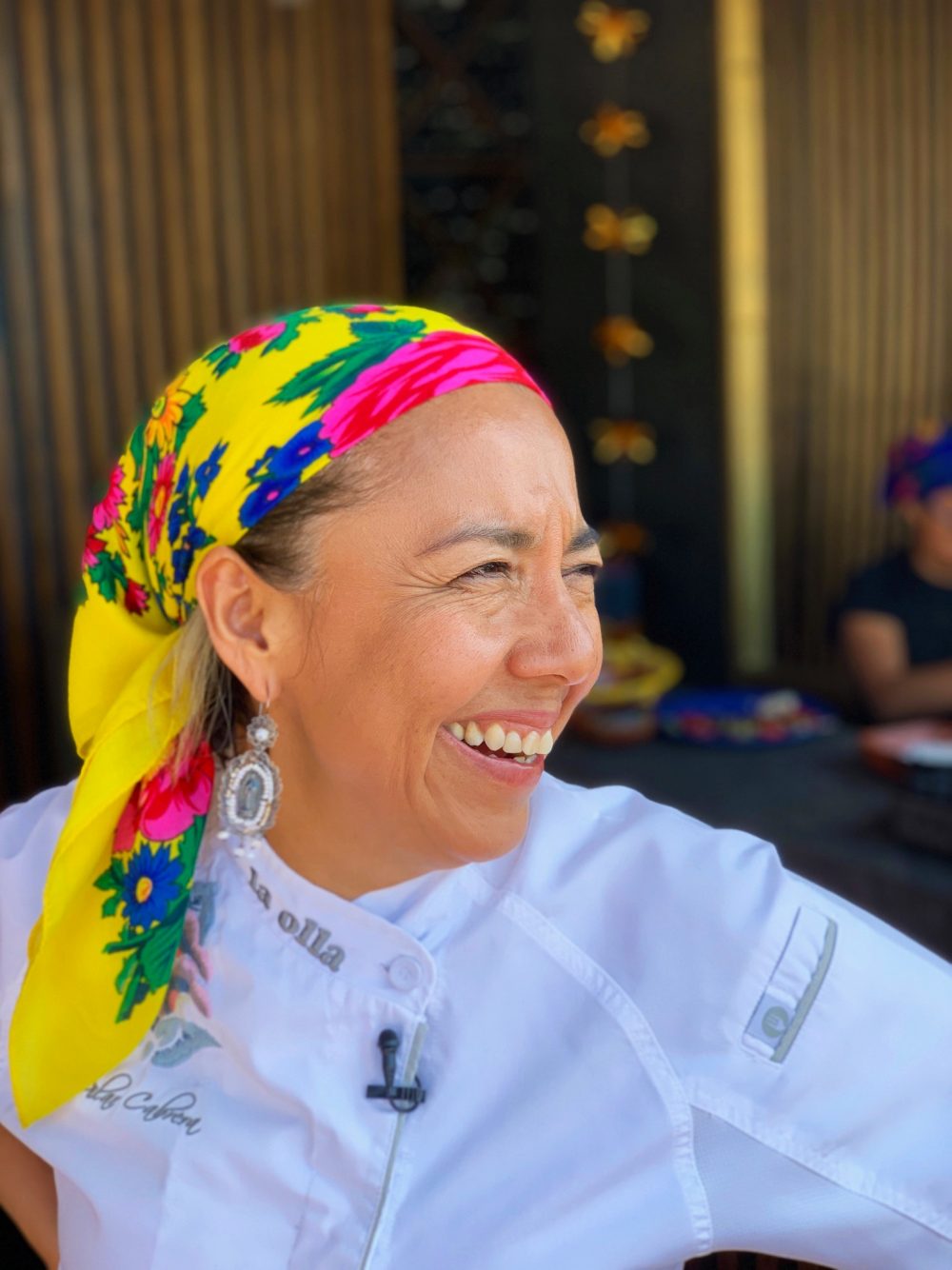
- Cook directly on coals. Vegetables such as chilies, tomatoes, tomatillos, onions and peppers, as well as chorizo or other sausages, pick up great char.
- Mashed black beans and stringy, melty cheese are a marriage made in heaven. The oozy chew of mozzarella (similar to Oaxacan quesillo) combined with the richness of creamy black beans is otherworldly. Put it on a tortilla and that’s breakfast, lunch or dinner.
- Asiento adds flavor. Even though we do not call for it in our tlayuda, the toasted, unrefined lard is a wonderful addition. Just a shmear adds an instant savory foundation.
- Build salsas from whatever you have on hand, including avocados, tomatoes, chilies, tomatillos or peppers. Roast, grill or broil most of them first to add flavor, then blitz in a processor.
- The tortilla is more than a wrapper. If you can find a source for freshly made tortillas locally, take advantage of it. The good ones have superior texture and flavor. Fill them with just about anything.
- Instead of sandwich bread, use toasted rolls with some of the filling removed. This is why the Mexican torta is so wonderful—a crisp hollowed-out roll beats store-bought sliced bread any day.
- Finish dinner with a shot of mezcal. It won’t get you drunk, but it’s a nice way of honoring your guests. It’s also a good digestif.
The Everyday Cooking of Oaxaca

